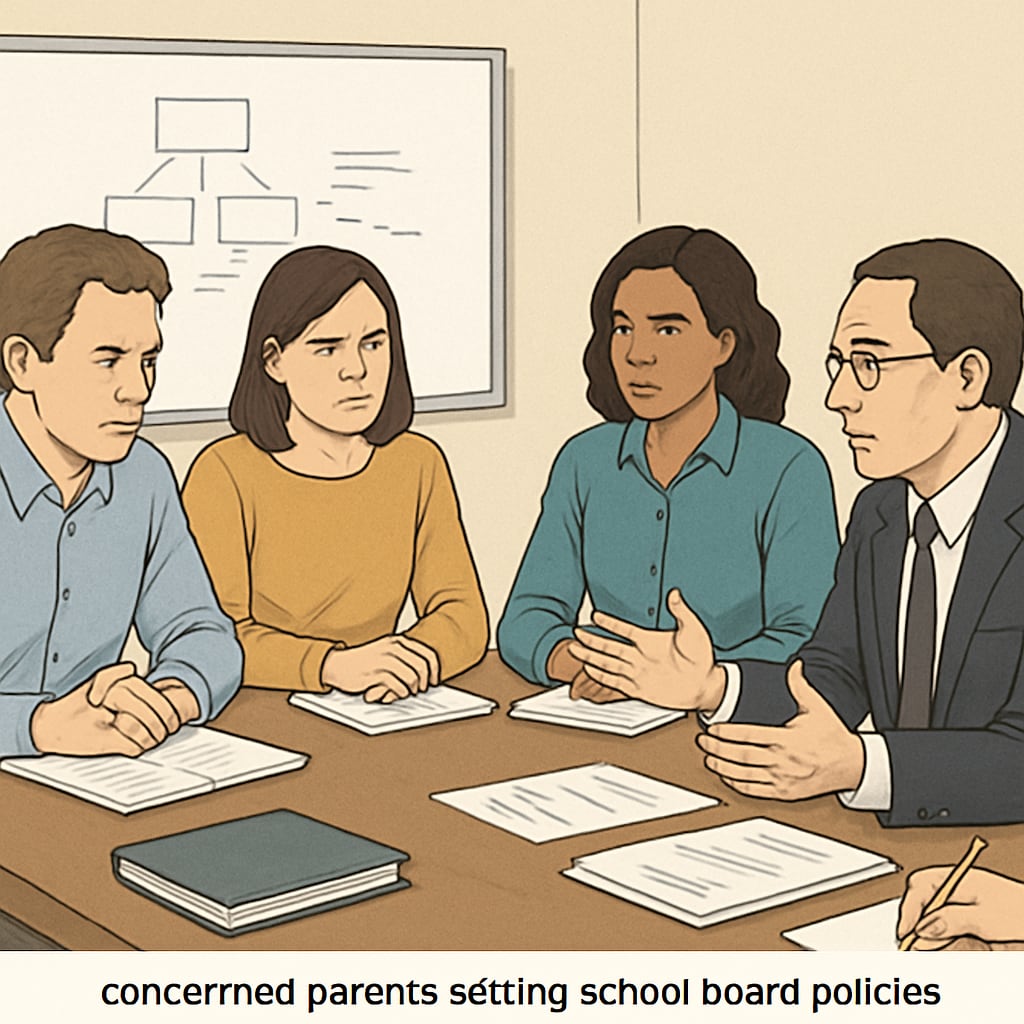The presence of someone with a history of child abuse on a school board is a grave concern. School board members are entrusted with critical decisions that directly impact the safety and well-being of children. If such individuals hold positions of power, it becomes imperative for the community to take swift and effective action. In this article, we outline actionable steps to remove such members, combining legal procedures, community mobilization, and media advocacy.
Understanding the Legal Framework for Removal
Removing a school board member with a history of child abuse often begins with understanding the legal framework governing school boards. Each jurisdiction has specific rules and regulations regarding board member eligibility and removal. For example, some states in the U.S. allow recall elections, while others may require a formal investigation or judicial interventions.
Here are three initial steps to consider:
- Research Board Policies: Obtain the school district’s bylaws and policies, which often outline procedures for removing board members.
- File Complaints: Formal complaints can be submitted to the school district or relevant authorities when evidence of misconduct or criminal history is discovered.
- Engage Legal Counsel: Consult with a lawyer specializing in education law to navigate the process effectively.
Familiarizing yourself with these processes ensures that the community’s efforts are both lawful and effective.

Mobilizing Community Support
Community mobilization is a powerful tool in addressing issues of school safety. When parents, teachers, and concerned citizens speak in a unified voice, it amplifies the urgency of the matter. Organizing community efforts can take several forms:
- Petitions: Start or sign petitions demanding the removal of the board member in question. Petitions demonstrate widespread concern and can pressure school officials to act.
- Public Meetings: Attend school board meetings to voice concerns during public comment periods. Ensure that your statements are factual and professional.
- Parent-Teacher Associations (PTAs): Collaborate with PTAs to rally support and raise awareness within the school community.
For example, in a similar case in California, parents successfully organized a petition with over 2,000 signatures, which led to the resignation of a controversial board member. Community pressure can be immensely effective when channeled correctly.

Leveraging Media and Public Awareness
Media advocacy is crucial in shedding light on the issue and holding decision-makers accountable. Traditional media outlets, as well as social media platforms, can amplify the community’s voice and attract broader attention. Here’s how to effectively use media:
- Press Releases: Draft and distribute press releases to local newspapers and TV stations highlighting the issue and community concerns.
- Social Media Campaigns: Use platforms like Facebook, Twitter, and Instagram to share updates, gather support, and mobilize action. Use hashtags that resonate with your cause, such as #SafeSchools or #ProtectOurKids.
- Interviews: Encourage community leaders or legal experts to speak to the media about the case. This adds credibility and depth to the narrative.
Additionally, websites like Britannica provide valuable resources on understanding governance and legal remedies, which can be helpful in preparing for media engagements.
Maintaining Momentum and Ensuring Accountability
Once progress is made, maintaining momentum is essential to achieving lasting change. Communities can establish oversight committees or advocate for stricter background checks for future board members. Transparency and accountability should remain long-term goals.
For instance, some districts have implemented mandatory background checks and ethics training for board members after similar incidents. These measures not only improve safety but also restore trust in the system.
By combining legal action, community efforts, and media advocacy, school districts can ensure that individuals with a history of child abuse are not in positions of power. The safety of our children must always come first, and every community has the tools to make their voices heard.
Readability guidance: Use concise paragraphs and clear language. Incorporate lists to summarize action points, and ensure smooth transitions between sections for a logical flow. Always prioritize actionable advice in sensitive topics like school safety.


